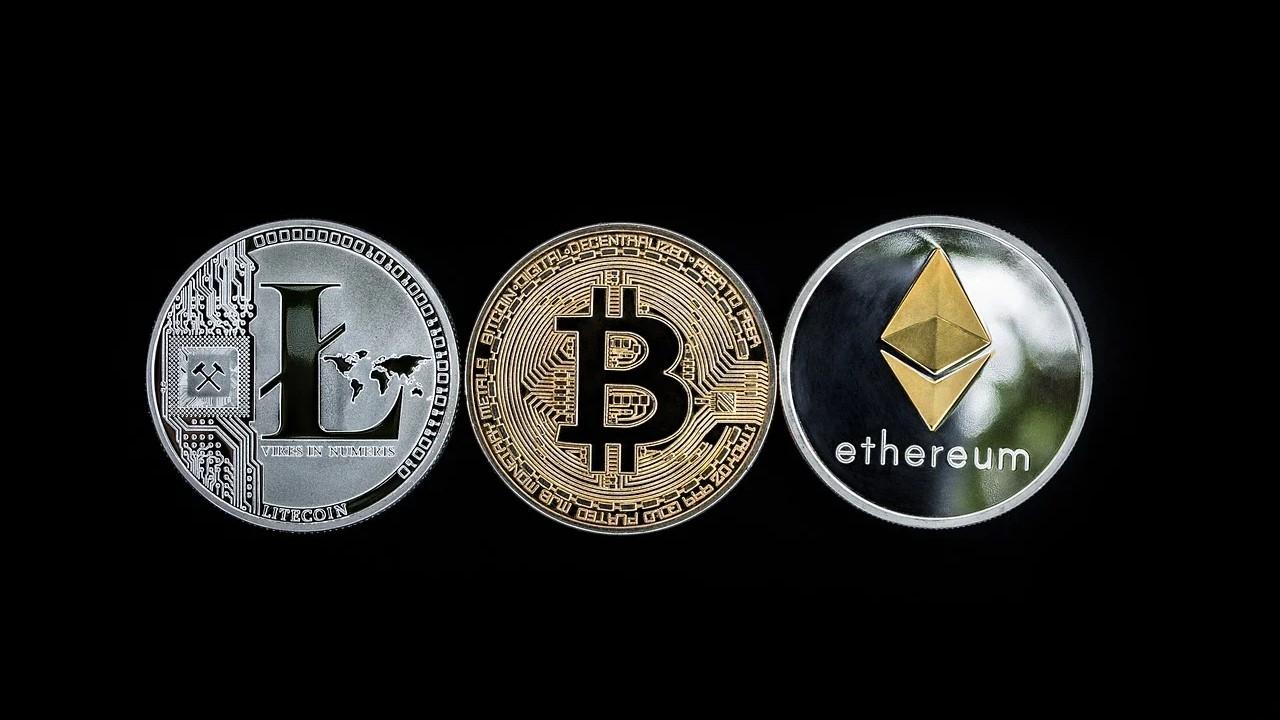Is Ethereum 2.0 a New Coin and Will Current ETH Carry Over?
A lot of work has gone into Ethereum's upgraded blockchain Ethereum 2.0. Investors want to know it’s a new coin and if their current ETH will carry over.
May 7 2021, Published 2:20 p.m. ET

The long-planned upgrade to the Ethereum network is beginning to come to fruition. In 2020, the first phase of the new Ethereum 2.0, also called Eth2 or “Serenity,” was released—with a full rollout of the new blockchain expected sometime between 2022 and 2024. Many investors in Ethereum want to know if Ethereum 2.0 is a new coin. What will happen to their current holdings in the ETH?
Since its inception, Ethereum has experienced an evolution, especially in its early days. From hard forks, airdrops, ICOs, wrapped tokens, and token migrations, it’s understandable that holders of Ethereum tokens are asking questions about the new endeavor for the crypto blockchain.
What is Ethereum 2.0?
With an emphasis on consensus mechanism, scalability, and security, Ethereum 2.0 looks to be a robust, revolutionary upgrade. Ethereum 2.0 will use a PoS (Proof-of-Stake) concept instead of the traditional PoW (Proof-of-Work).

The PoW system can be energy-intensive. Miners use computer hardware processing to solve mathematical puzzles to verify new transactions. When a miner first solves a puzzle, they add a new transaction to the record of all transactions on the blockchain. They are then rewarded with crypto coins.
In the PoS system, transaction validators stake crypto to verify a transaction. Validators propose a block based on the amount of crypto they hold and the duration they’ve owned it. Then, other validators attest that they have seen a block. When there are enough confirmations, the block can be implemented into the blockchain. Validators are awarded crypto coins for the successful block proposition—a process called “forging” or “minting.”
Because the PoS system is more energy-efficient, it’s more scalable. The original Ethereum blockchain can only support 30 or so transactions per second. However, Ethereum 2.0 has promised up to 100,000 transactions per second through the use of shard chains.
Will Ethereum 2.0 kill mining?
While a staking system requires less energy storage and maintenance, other blockchains that don’t have the market cap and technology power to update their systems will use mining to mint new coins.
Over time, analysts think that more blockchains will migrate to this system, with new cryptocurrencies adopting the PoS system. The main reason is scalability and data storage. With the ability to support a higher number of transactions with much more efficient energy usage, blockchains can increase market cap and attract investors more easily.
How investors can start staking Ethereum 2.0
Crypto investors who already hold Ethereum can start staking the updated tokens. Coinbase started a waitlist in February for users to stake Eth2. Once off the waitlist, users who hold Ethereum can migrate their tokens to stake Ethereum 2.0. However, once staked, investors can't trade, send, or sell the amount until liquidity of staked ETH funds is enabled, which Coinbase expects to be later in 2021.
Also, those who stake early in Eth2 might earn up to 6.0 percent APR on staked ETH as a bonus for helping secure the network.
